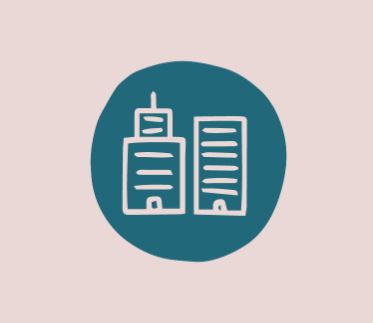

In partnership with Bank of America, program has provided more than $2 million to accelerate action on climate change, resilience and social equity through LEED for Cities certification
The U.S. Green Building Council (USGBC), developers of the LEED green building rating system, has announced 15 cities and counties selected to participate in the 2022 LEED for Cities Local Government Leadership program.
This leadership cohort brings together diverse local governments from around the country to support LEED for Cities certification efforts. The program provides peer-to-peer networking opportunities, technical assistance and access to educational resources as well as waived USGBC membership, and LEED registration and certification fees.
Local governments have the ability to make a big impact and serve as an example of sustainability achievement. This year’s cohort of cities and counties are looking to create responsible, sustainable plans for natural systems, energy, water, waste, transportation and many other factors. Along with Bank of America, we are looking forward to these 15 localities’ pursuit of LEED for Cities certification.
Peter Templeton, president and CEO at USGBC
USGBC is a leader in supporting environmentally sustainable buildings, cities and communities and we’re proud to build on our partnership of more than 25 years. Creating thriving, resilient communities where residents have sustainable places to work and live meets this moment for climate action and building healthy living environments.
Rich Brown, Environmental Program Director at Bank of America
Since 2017, Bank of America has partnered with USGBC to support this program. To date, Bank of America has contributed more than $2 million to the program and has raised the bar in 2022 by also supporting the program’s first LEED for Cities Equity Fellow, a new position at USGBC that aims to advance tangible action on social equity in each participating city or county.
This year’s program will provide additional support to participating cities and counties on social equity. Staff and consultants will produce trainings and case studies while local leaders set goals and tangible actions that can be completed over the program year. LEED for Cities’ Quality of Life category, which features topics like environmental justice; civic and community engagement; public health; education; jobs and housing affordability, will provide context and structure to the effort.
The 15 local governments selected for the 2022 program represent a population of more than three million Americans and a land area approximately the size of the state of Delaware. The cohort includes:
- Amesbury, Mass.; Cape Canaveral, Fla.; Columbia, S.C.; Cutler Bay, Fla.; Davidson, N.C.; Dayton, Ohio; Fort Lauderdale, Fla.; Henderson, Nev.; Issaquah, Wash.; Ithaca, N.Y.; La Crescent, Minn.; Oakland County, Mich.; Reno, Nev.; State College, Penn.; and Tucson, Ariz.
Bank of America has also been a long-standing partner of USGBC and a member since 1997. Since 2011 it has provided $3.9 million in total grant funding to the non-profit. It also has integrated sustainability into its building design standards since 2005 and used those standards to deliver workspaces that are LEED certified across its global footprint. The company has more than 18 million LEED certified square feet and has a goal to achieve green building certifications at 40% of its locations by 2030.
Today, more than 130 cities and communities have achieved LEED certification. LEED provides a framework for local governments looking to implement strategies to address energy, water, waste, pollution and carbon. In addition to environmental factors, the rating system considers social and economic indicators, such as health, equity, education and prosperity. LEED helps local leaders hone metrics around initiatives; benchmark performance relative to peers; and communicate to and educate stakeholders on progress. The LEED for Cities and Communities rating system is flexible and can be applied to small and large cities, counties and other local governments, as well as economic areas, such as business improvement districts and neighborhoods.
